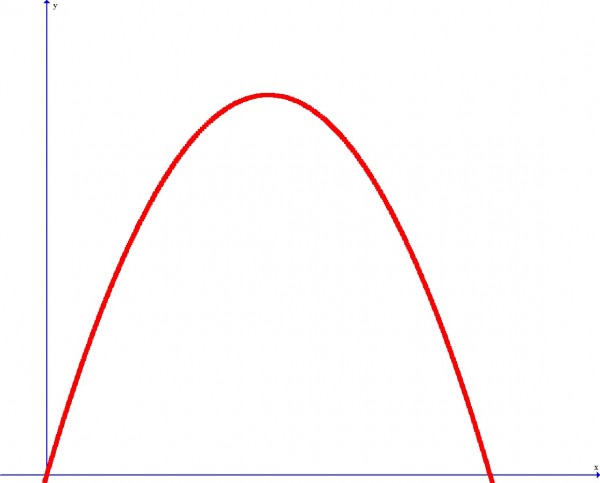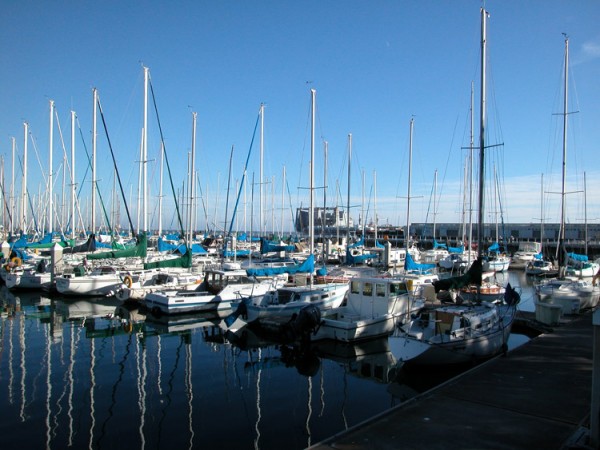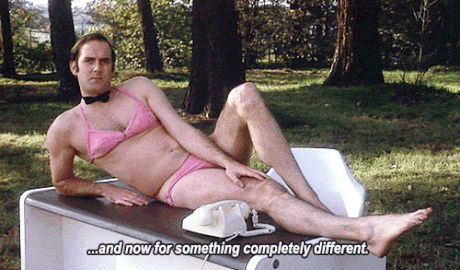Are you a Quiet Speculation member?
If not, now is a perfect time to join up! Our powerful tools, breaking-news analysis, and exclusive Discord channel will make sure you stay up to date and ahead of the curve.
"A rising tide lifts all boats."
- John F. Kennedy
We often throw this aphorism around to imply that increasing costs of some cards in a format will help the value of all cards in the format. Unfortunately, this isn't always true (in fact it could be argued that it's inversely true in many instances).
When Legacy dual lands started to rise back in 2013, Force of Will, Wasteland, and Rishadan Port were soon to follow. It seemed like Legacy was seeing a new renaissance and all was right with the world.
Fast forward to the end of 2015. Star City Games decides to no longer offer Legacy events and tons of players start selling out of the format. At the SCG Open this past weekend I saw a ton of Heavily Played (HP) and Moderately Played (MP) duals sitting in cases at their pre-spike prices and nobody was biting.
The format seems to have begun to die off as interest jumps to the Modern format. So what happened next really shouldn't come as a surprise...
Big Modern Spikes
All of these cards have spiked within the past two weeks, and all for no apparent reason. I understand that all of them are good cards and some (like Spellskite) are played in quite a few decks, but massive spikes adding 50-100% to a card's value is not healthy for the format or the game as a whole.
A lot of people think this is being driven by speculators (or possibly a single store). I don't have any information on who is buying out these cards but I do know it's not a wise decision in the long run. Why, you might ask? Market Value.
Market Value: The price an asset would fetch in the marketplace.
Sounds pretty simple, right? Here's the catch. True market value is driven by true demand, by which I mean actual demand from the population. Buyouts imply a massive increase in demand, and some people will get caught up in the hype and buy for fear of missing out, but a large majority won't.
The next thing that occurs is that the market will dry up of copies and the new inflated price will show up on all the major retailers' sites (and on open marketplace sites like TCG Player). Everyone who already had extra copies will try to sell them as quickly as possible and lock in their profit.
The best way to sell something quickly is to be the cheapest, which results in a typical "race to the bottom" where sellers try to beat each other's prices to lock in sales. So the cards seem to gain a ton of value very quickly and then lose it just as quickly.
This leads to a feeling of instability and insecurity in the marketplace and deters players from entering, which in turn prevents the player base from growing, which leads to fewer buyers over all.
Finding an Equilibrium

Now true market value typically requires a large number of transactions for the seller's value to align with the buyer's value. The basic idea is similar to using the guess check method when trying to find the inflection point on a parabola. One of my professors in college referred to it as "trapping the answer."
The way you found your final answer was to guess a number and find out if it's slope was positive or negative. You then guess another number (ideally a much larger or smaller one) and see where it fell. You'd do this until one guess was positive and one was negative. You now know the inflection point is somewhere in between them. Then you take the mean of them and calculate its slope. Depending on your answer you would then take the mean of that mean and whichever of your previous two guesses had a differing slope sign.
If you think of the true market value "function," positive slopes are values at which people are happy to sell the card, and negative slopes are values people will buy the card at. True market price is the inflection point of this function, at which the largest number of people are happy both buying and selling the card at the given price. Buyouts make people think the curve has shifted when it hasn't.
If you want another great example of true market value versus perceived market value (due to a buyout) all you had to do was check the dealer booths at SCG Charlotte this past weekend. Both vendors had their Spellskites and Inquisition of Kozileks at the new price...and I didn't see a single one move. (Note that SCG's new printed sheets actually make it impossible to gauge what they do and don't have, but at the Troll and Toad booth I saw several of each card added to the case and they just sat there.)
In my trade binder I had my personal copies of Inquisition and my extra playset of Spellskites which I purchased from Aethergames back at the Charlotte GP of last year (for $12 a pop)---everyone who saw them joked about the recent spike with zero interest in acquiring any.
One player even lamented how he was planning to pick up Inquisitions because they were cheaper than Thoughtseize only to find out they were considerably higher. Nobody wanted my extra Gaddock Teeg or Glen Elendra Archmages either. Now I'll grant that this was a small sample size to pull from, but overall, all the interest in these cards came from people trying to unload them.
With this in mind it seems our original aphorism needs a bit of an addendum.
"A rising tide lifts all boats, but rising too fast drowns those on the shore."
- David Schumann
Maybe a bit morbid for some, but it gets the point across succinctly.
SCG Charlotte Notes
The Open itself had over 800 people and was supposedly the second largest in SCG history (only falling behind last week's monster 1000+ player Modern Open). The huge turnout is a strong indicator of a Magic playerbase hungry for the Modern format. And that means we'll continue to see Modern staple prices rise due to actual market demand.
This is great news for those of us who have stockpiled Modern staples, and if you were thinking about entering the format in the upcoming year, you should consider doing so now.
However, nothing is guaranteed by any means. Modern has been around now for several years and many Modern players have all (or most) of the cards they need to play. Thanks to this format being eternal there is no "forced demand" caused by rotation---the only forced demand occurs with bannings/unbannings or new cards entering the format.
Luckily, the only way for new cards to enter the format currently is via a printing in a Standard-legal set, which typically keeps prices down. Thus, while we may see a few cards here and there jump dramatically, overall the prices should stabilize if the Modern playerbase itself doesn't continue to grow by leaps and bounds.
Dealer Booths
At SCG Charlotte there were only two vendors, Troll and Toad and Star City Games themselves. I'm hoping we'll see more vendors start to show up at these events (and if they continue to attract large numbers of players we likely will) which will force them to be competitive within the event hall. This is why I love GP's so much; with so many vendors around, the ones doing all the business are the ones with the best prices.
Even though we only had two vendors, Troll and Toad very smartly brought a lot of their foreign/foil/HP stuff with them and it was moving. My friends and I dug through their $1 box of randomness and pulled out:
- Spanish Zur the Enchanter
- FTV: Exiled Skullclamp
- Spanish foil Demonic Pact
- Italian Austere Command
They also had some great prices on other foreign/played cards. I got:
- 2x Spanish Path to Exile - $5 each
- 4x Spanish FNM promo Serum Visions - $4 each
- 2x Italian Ghostly Prison - $3 each
- Leyline of Sanctity with a GP stamp on it - $7
- Lightly Played (LP) Mindbreak Trap - $3
- HP (but sleeve-playable) Eidolon of the Great Revel - $4
All in all, it's smart for vendors at events to bring these types of items because many players are much happier buying some of that stuff in person (where they can see the play/wear themselves) than they would be online. Because the cards are discounted, you feel like you're getting cards for a steal. It adds a good bit of cash to the vendor's coffers and lets them continue to buy collections.








How long does it typically take for these cards to balance back out?
There is no set algorithm for spikes to recede. Sometimes they don’t fully return to their pre-spike price thanks to enough people buying into the hype that the price memory gets adjusted.
So, I need to get some Inquisitions of Kozilek. Should I bite the bullet now, or wait a month for them to drop back down to somewhat reasonable (probably not pre-spike) prices?
Well they are already starting to drop back down…again I doubt they fall back to pre-spike price, but it’s important to keep in mind that this is the type of card that a reprint will destroy the value on it (similar to Remand)..so you’re really just betting on “will I need it before it’s reprinted”. I also wouldn’t put it past WoTC to throw a few in the OGW Duel Deck or something like that (to add to the supply but NOT add to standard).